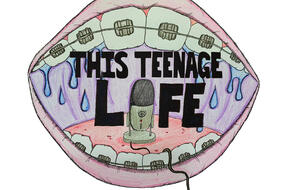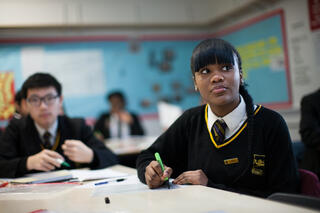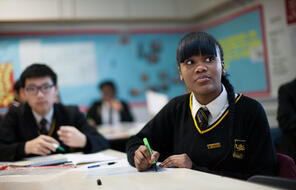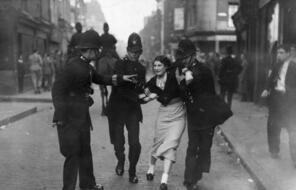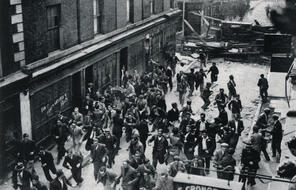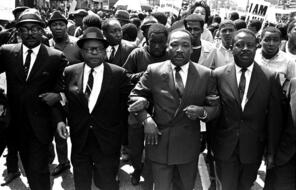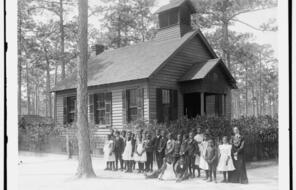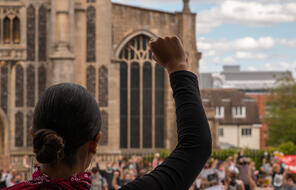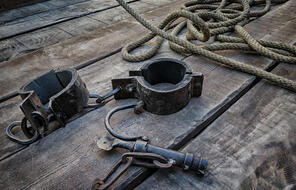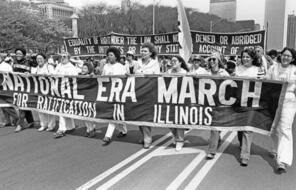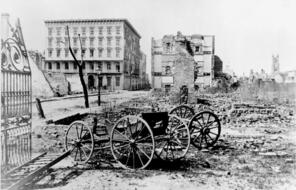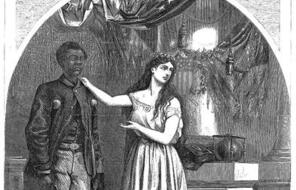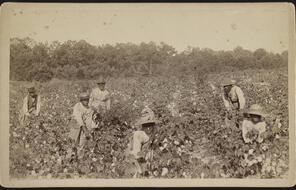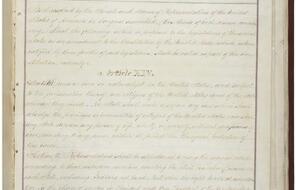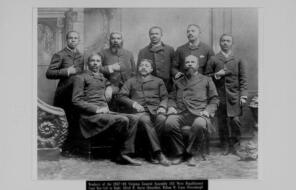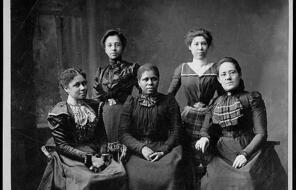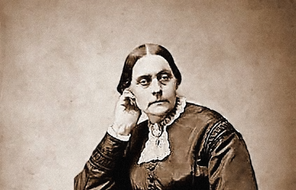
Standing Up to Hatred on Cable Street
Duration
Two 50-min class periodsLanguage
English — UKPublished
Overview
About This Lesson
A few years after the signing of the 1948 Universal Declaration of Human Rights, Eleanor Roosevelt gave a speech at the United Nations which she called “Where Do Human Rights Begin?” In her view, human rights began,
In small places, close to home—so close and so small that they cannot be seen on any maps of the world. Yet they are the world of the individual person; the neighbourhood he lives in; the school or college he attends; the factory, farm or office where he works. Such are the places where every man, woman, and child seeks equal justice, equal opportunity, equal dignity without discrimination. Unless these rights have meaning there, they have little meaning anywhere. Without concerned citizen action to uphold them close to home, we shall look in vain for progress in the larger world. 1
The final lessons of this scheme of work explore the theme of “Choosing to Participate,” inviting students to envision the ways that they might contribute to the process of creating a more humane, fair, and compassionate environment “in small places, close to home,” such as their schools and local communities. To achieve this end, in the next three lessons, students will learn how different groups of people came together in solidarity to confront injustices in their communities during the 1936 Battle of Cable Street and the 1963 Bristol Bus Boycott and examine the strategies that individuals and groups used to take action and demand change in the face of antisemitism and racial discrimination.
In this two-period lesson, students will study the Battle of Cable Street in London, where Jews, Irish labourers and dockworkers, Communists, and members of the Labour Party came together to protest against Fascist leader Oswald Mosley and his Blackshirts when they attempted to march through London’s East End on 4th October 1936. First, students will preview images from this historic event and use them to make predictions about what may have happened. Then they will listen to a BBC Witness audio account in which social historian Bill Fishman recalls his experience sneaking out of his house as a teenager to join the hundreds of thousands of protesters who crowded Whitechapel, Shoreditch, and the surrounding areas to protest Mosley’s march. In the second period of this lesson, students will deepen their understanding of the Battle of Cable Street by reading an article commemorating the event’s 80th anniversary in 2016. They will then consider their own responsibility to take action when they encounter racism, antisemitism, and prejudice in their communities today.
- 1Eleanor Roosevelt, “Where Do Human Rights Begin?” in Courage in a Dangerous World, ed. Allida M. Black (New York: Columbia University Press, 1999), 190.
Preparing to Teach
A Note to Teachers
Before teaching this text set, please review the following information to help guide your preparation process.
Lesson Plans
Day 1 Activities
Day 2 Activities
Materials and Downloads
Quick Downloads
Download the Files
Resources from Other Organizations
Standing Up to Hatred on Cable Street
Step 3: Understanding Human Rights
Public Art as a Form of Participation
Unlimited Access to Learning. More Added Every Month.
Facing History & Ourselves is designed for educators who want to help students explore identity, think critically, grow emotionally, act ethically, and participate in civic life. It’s hard work, so we’ve developed some go-to professional learning opportunities to help you along the way.
Exploring ELA Text Selection with Julia Torres
On-Demand
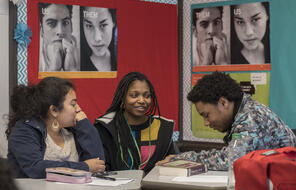
Working for Justice, Equity and Civic Agency in Our Schools: A Conversation with Clint Smith
On-Demand
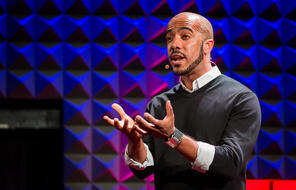
Centering Student Voices to Build Community and Agency
On-Demand
